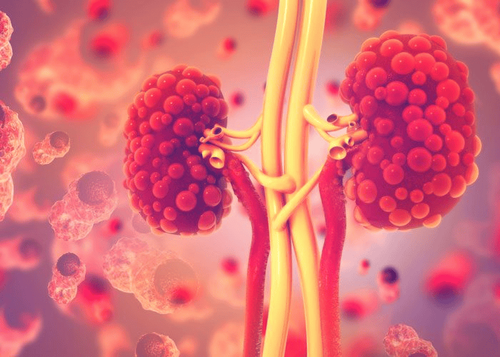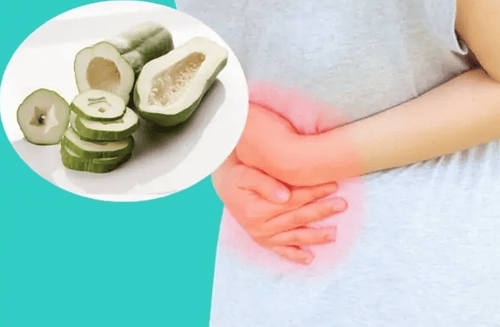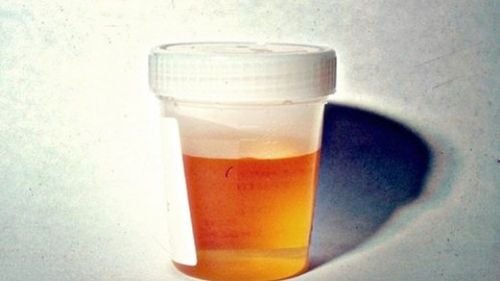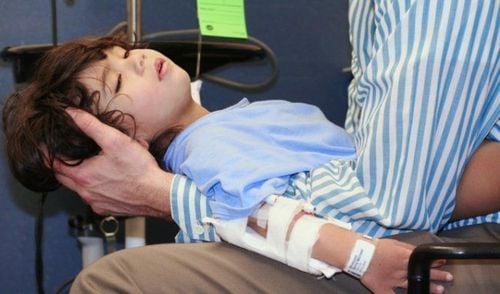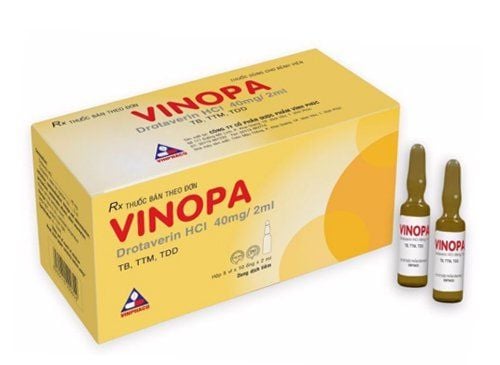This is an automatically translated article.
The article was professionally consulted with Specialist Doctor I Nguyen Hung - Doctor of Endocrinology - Department of Medical Examination & Internal Medicine - Vinmec Danang International General Hospital.Renal colic occurs when a stone enters the ureter and obstructs the flow of urine, especially as the stone moves. If not diagnosed and treated promptly, renal colic can cause dangerous complications, even death.
1. Diagnosis of renal colic
1.1 Clinical diagnosis Renal colic may appear suddenly or after mild pain in the hip area. Pain lasts from a few minutes to several hours. The pain is often intense and there is no effective posture to relieve pain. Initially, pain is localized in the lumbar region, then spreads anteriorly to the groin, pelvic fossa or external genitalia depending on the location of the obstruction. Patients often have additional symptoms such as abdominal distension and vomiting. In addition, it may also be accompanied by manifestations of urinary tract disorders such as painful urination, hematuria, and frequent urination. The pain may stop suddenly, followed by a dull ache in the back and hips. 1.2 Subclinical diagnosis Imaging: X-ray of the urinary system can detect contrast stones. This method should be applied to patients with a history of contrast-enhanced stones; Not indicated for pregnant female patients, patients of childbearing age need to do a pregnancy test before taking the scan. For these subjects, it is best to do a urological ultrasound.Urinary ultrasound: This is the most common method to detect urolithiasis but may not show small stones in the lowland.
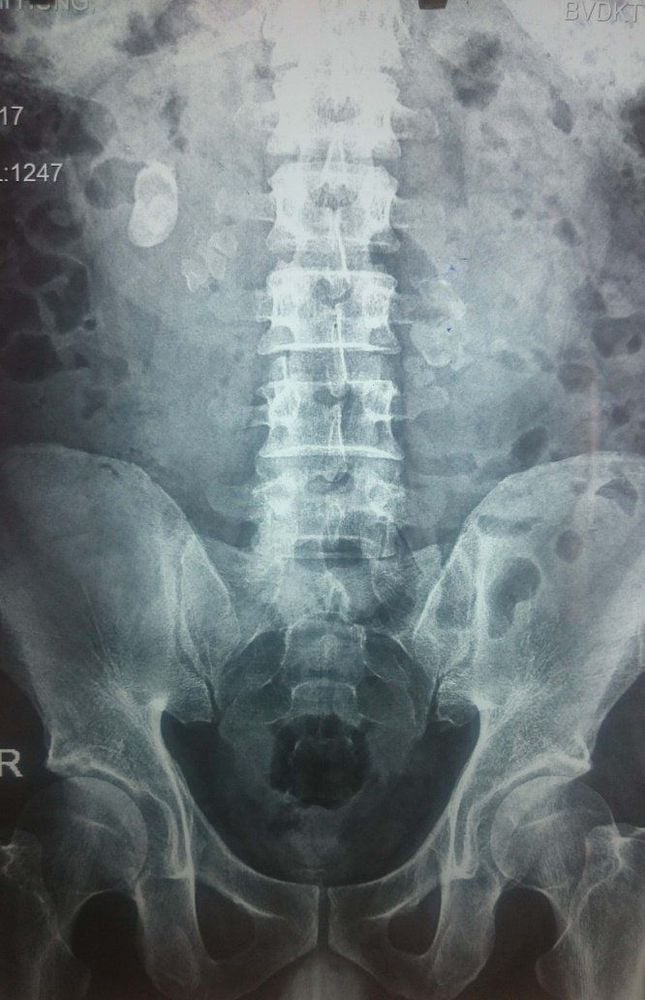
Urinalysis: Urinalysis shows red blood cells. It is still not possible to rule out urolithiasis if red blood cells are not present.
1.3 Definite diagnosis Unilateral rib cage pain. Urinalysis often shows red blood cells in the urine. Abdominal urography, urogenital ultrasound or non-contrast CT of the urinary system with ureteral stones. 1.4 Differential diagnosis Appendicitis : Mild fever, no hematuria. Abdominal aortic aneurysm rupture: Hypertension, diabetes, pulsating bulge, murmur,... Renal infarction: Vaso-occlusive pathology such as atrial fibrillation, heart failure, dyslipidemia.. Contrast-enhanced tomography helps confirm diagnosis. Ruptured ectopic pregnancy: missed period, vaginal bleeding, positive pregnancy test, ultrasound confirmed ruptured mass. Acute intestinal obstruction: Vomiting, bowel obstruction, abdominal distension, abdominal X-ray unprepared with water level - gas level, no hematuria.
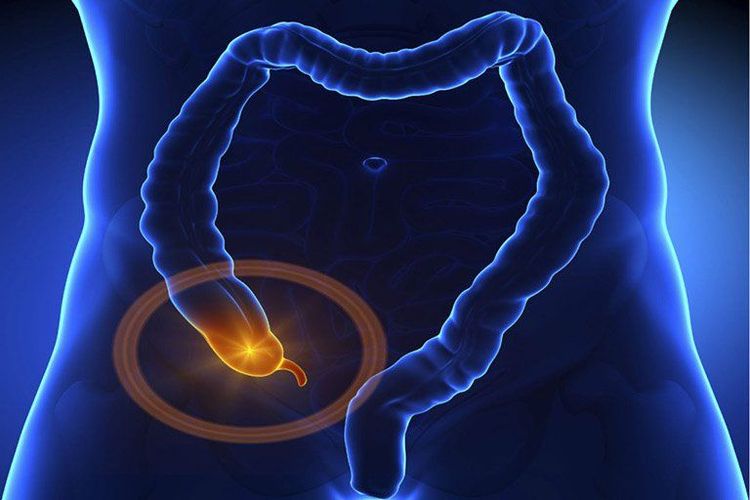
2. Treatment of renal colic pain
2.1 Pain relief Non-steroidal anti-inflammatory analgesics: indomethacin 100mg rectally or Piroxicam (Feldene) 20mg intramuscularly. Perfalgan 1g intravenous infusion. Antispasmodic: Buscopan 10mg IV x 3 times/day. If pain is not relieved, morphine 5mg IV, repeat after 10 minutes if pain persists. 2.2 Antibiotics If fever or leukocytosis or urinary tract infection is suspected: ciprofloxacin 200mg IV 2 vials/day. Or norfloxacin (2 tablets/day, divided into 2 times). Or ceftriaxone 1g IV twice a day if the patient has a contraindication to quinolones.2.3 Medicines for discharge When there is no urgent surgical treatment required, the following measures can be used to treat renal colic pain:
When there is pain, you can drink < 500ml/24 hours, do not abuse. Feldene 20mg orally 2 tablets/day. Urological examination to consider stone removal: Extracorporeal lithotripsy. Urinary tract endoscopic lithotripsy. Percutaneous lithotripsy. Lithotripsy through laparoscopic surgery.
Please dial HOTLINE for more information or register for an appointment HERE. Download MyVinmec app to make appointments faster and to manage your bookings easily.






